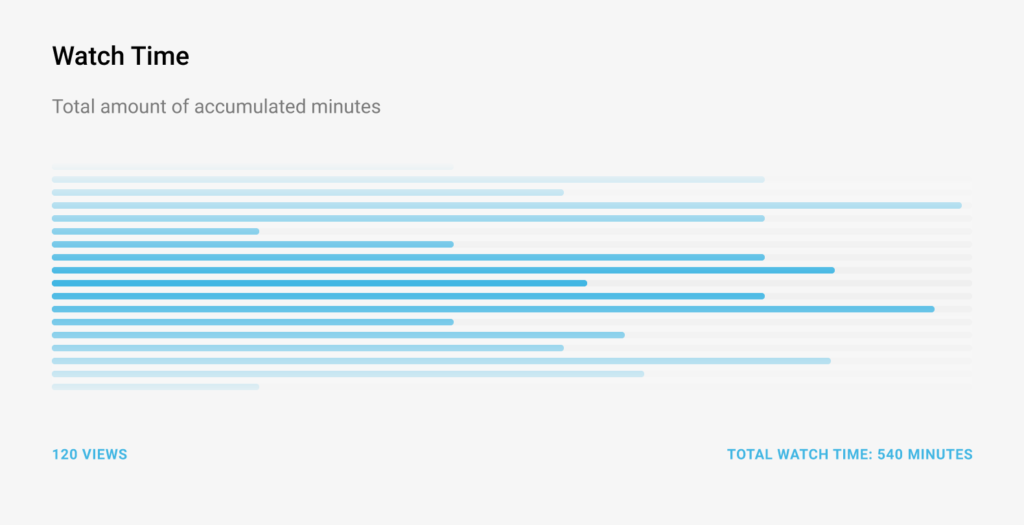In 2025, video content continues to dominate the digital landscape. With search engines increasingly prioritizing video results, optimizing your videos for SEO is crucial to staying competitive and reaching your target audience. Here’s a comprehensive guide to mastering video SEO this year.
Start with Keyword Research
Just like with written content, effective keyword research lays the foundation for video SEO. Identify high-impact keywords that align with your video’s topic and audience intent. Use tools like Google Keyword Planner to discover keywords with high search volume and manageable competition. Additionally, explore YouTube’s auto-suggest feature for video-specific keyword insights. By thoroughly understanding your audience’s search behavior, you can tailor your content to meet their needs and improve your chances of ranking.

Create Engaging and Relevant Video Content
Search engines prioritize videos that captivate and satisfy user intent. To achieve this:
- Address user questions: Solve problems or entertain your audience based on their search queries. Research trending topics and frequently asked questions to ensure your content resonates with viewers.
- Focus on quality: Invest in high-resolution visuals, clear audio, and professional editing. Poor quality can deter viewers and negatively impact watch time, so prioritize production value.
- Engage early: Hook viewers within the first 10 seconds to reduce bounce rates and improve watch time. Use strong visuals, captivating openings, or direct audience engagement to keep them interested from the start.
Optimize Video Metadata
Metadata helps search engines understand your video content. Optimize the following elements:
- Title: Include your primary keyword naturally within an engaging and concise title. Avoid clickbait and focus on delivering value to the audience.
- Description: Write a detailed description (150-300 words) with keywords and a clear summary of the video. Include links to related content or your website, and consider adding timestamps to highlight key sections of the video.
- Tags: Use relevant tags to improve discoverability, focusing on both primary and secondary keywords. Tags should complement your description and title, helping platforms categorize your video effectively.
Use Custom Thumbnails
A compelling thumbnail can significantly increase click-through rates (CTR). Design a custom thumbnail that is visually appealing, contextually relevant, and includes text overlays to highlight key points. Ensure the design meets platform guidelines and is mobile-friendly. Test different thumbnail designs to identify which style resonates most with your audience and improves engagement.

Host Videos on the Right Platform
Choosing the right hosting platform depends on your goals:
- For brand awareness, use platforms like YouTube or Vimeo. These platforms have vast audiences and robust search features, making them ideal for exposure.
- For website traffic, consider self-hosting your videos with platforms like Wistia to retain control over the viewer’s journey. Self-hosting allows you to integrate videos seamlessly with your site’s design and track user behavior more effectively.
Transcribe and Caption Your Videos
Adding transcriptions and captions makes your videos accessible and improves SEO. Search engines can crawl text-based transcriptions, helping your video rank for additional keywords. Closed captions also enhance user experience for viewers watching without sound. Furthermore, offering captions in multiple languages can broaden your audience and increase global reach.

Embed Videos Strategically
When embedding videos on your website:
- Place videos above the fold to maximize visibility. Make it easy for visitors to spot the video as soon as they land on the page.
- Use only one video per page to prevent keyword cannibalization and maintain focus. Ensure each page is optimized around a single keyword or theme.
- Include contextual content around the video to provide additional value and boost rankings. Pairing videos with well-written articles or infographics can improve SEO and user experience.
Optimize Video Load Times
Page speed is a critical ranking factor, and heavy videos can slow down your website. To optimize load times:
- Compress video files without compromising quality using tools like HandBrake or Adobe Media Encoder.
- Use a content delivery network (CDN) to distribute video content efficiently. CDNs ensure faster load times by hosting content on servers closer to the viewer’s location.
- Implement lazy loading to prioritize page elements. Lazy loading ensures that videos load only when they come into view, improving initial page speed.

Promote and Share Your Videos
Amplify your video’s reach by promoting it across social media, email newsletters, and relevant online communities. Share your video on platforms where your audience is most active, and use enticing captions to encourage clicks. Encourage viewers to share, like, and comment to boost engagement metrics, which can positively influence SEO. Collaborating with influencers or partners can also expand your video’s reach and credibility.
Monitor Performance and Iterate
Regularly review video analytics to track performance. Focus on metrics like:
- Watch time and retention rate: Understand where viewers drop off and identify areas for improvement.
- Click-through rate (CTR): Analyze the effectiveness of your titles and thumbnails.
- Engagement (likes, comments, shares): High engagement signals relevance and value to search engines.
- Traffic sources: Determine which platforms and strategies drive the most traffic to your videos.
Use insights to refine your strategy, experiment with new formats, and address gaps. Staying responsive to data will help you adapt to changing audience preferences and algorithm updates.

Conclusion
Optimizing videos for SEO in 2025 requires a combination of strategic planning, technical implementation, and ongoing analysis. By prioritizing keyword research, creating high-quality content, and leveraging metadata and structured data, you can ensure your videos rank higher and engage your audience effectively. Stay consistent and adapt to emerging trends to maximize your video’s impact in the ever-evolving digital landscape.

